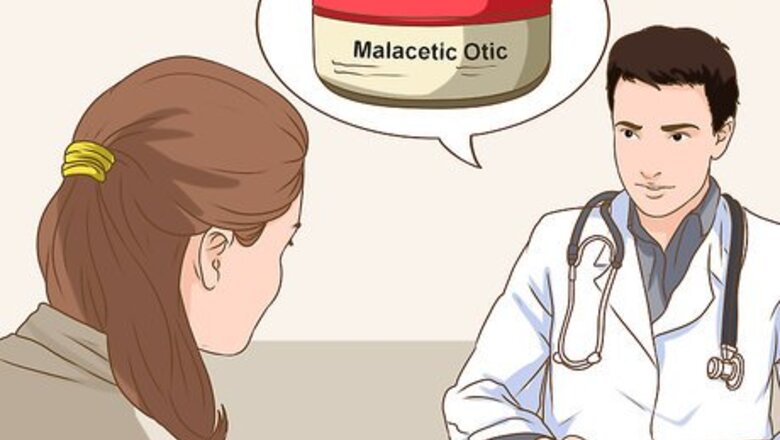
views
Performing a Cleaning
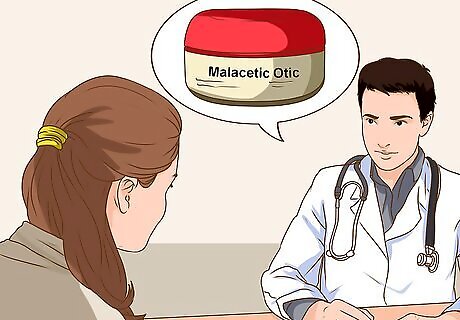
Ask your vet for a recommended ear cleaner. There are many canine ear cleaners available online that you can buy without a prescription, but it's best to check with your veterinarian before you administer anything to your dog. Ask your vet during a regular check-up—or during an appointment to treat a pre-existing ear infection—what treatment they would recommend. Some brands you can ask about include Malacetic Otic, Vet Solutions, and T-8 Keto. You can probably find any vet-recommended solution online for a more affordable price than offered at the veterinary office, but research the seller thoroughly before purchasing. Foreign companies often sell drugs and remedies containing expired or otherwise unsafe ingredients, so make sure you're buying from a reputable, government regulated company. Important features to look for in any ear cleaner you buy include a pH that is sympathetic to the ear canal to prevent stinging or damaging the skin, ceruminolytic (gently dissolves wax), and evaporates readily to prevent excess cleaner left in the ear from coming into contact with skin and causing maceration.

Pull back your dog's ear to locate the ear canal. The entrance to a dog's ear canal is a dark hole. This leads into a long L-shaped canal, which leads down to the ear drum. The canal has the capacity to hold several milliliters of fluid, so be generous when applying a cleaner as a few drops will be lost. Standing behind your dog while it rests in a sitting position, bend back the ear flap and look for the small hole underneath. This canal is where you will want to apply the solution. You should perform this ritual every two weeks, and even more frequently if your dog has had a recent infection. If your cocker spaniel is also receiving medicated drops to treat a bacterial or fungal infection, you should complete the cleaning at least thirty minutes before medicating.
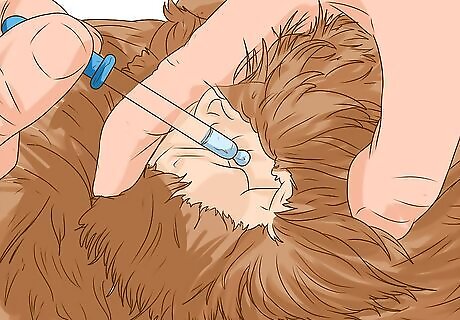
Squirt a generous amount of the solution into the canal. Once you've located the ear canal, you'll need to pour the solution directly into it. Just be sure not to let the tip of the applicator bottle touch your dog's ear canal. This can infect the lid of your cleanser and eventually make the problem even worse. Rather, use the ear flap as a kind of funnel and pour the solution down this funnel. Although it can seem difficult to make sure the cleaner goes all the way into the ear canal, never use a cotton ear bud or applicator tool! This can damage your dog's ear bud or tamp problematic ear wax further down into the canal.
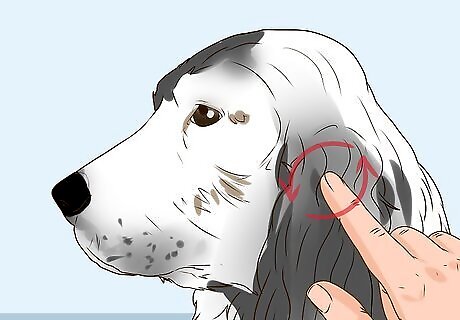
Close the ear flap and gently massage the area. A twenty- to thirty-second massage on the ear area will soften any wax or other buildup in the ear canal and help to deliver solution throughout. You'll probably hear a soft, squishing noise, and your dog might squirm a bit. There might be a bit of discharge or excess solution on the inside of the ear flap or around the ear canal after massaging. Just wipe this away with a cotton ball or gauze, dabbing some mineral oil onto the cotton if necessary.
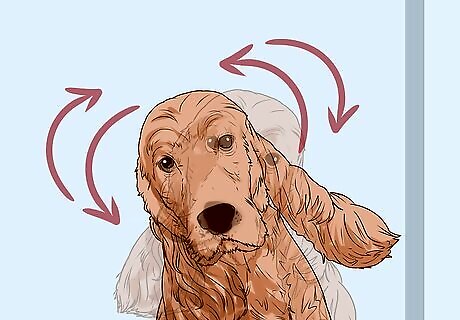
Let your dog shake its head and ears. The sensation of fluid dripping into their ear canals is uncomfortable to dogs, so you should let them shake their heads after cleanings. Just be wary if your dog shows signs of excessive scratching or irritation, as this can signal an infection.
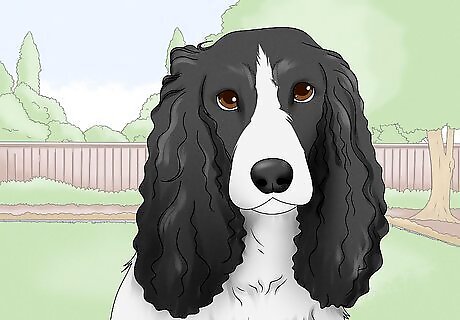
Consider the pros and cons of cleaning your cocker spaniel's ears. Cleaning your dog's ears weekly can make it easier for you to spot an infection early and reduce the amount of wax in your dog's ears. However, using the wrong type of ear cleaner can cause the skin to macerate (become soft and weak), which will actually increase your dog's chances of getting an ear infection. Cleaning your dog's ears also removes the natural waxes, which are there to condition the skin lining the ear canal. As a result, it may be harder for the ears to control infections, so cleaning your dog's ears could make a problem more likely. Consider how often your dog gets infections, and the type of cleaner you use. Discuss your options with your vet to decide if cleaning your dog's ears is a good idea.

Avoid cleaning your dog's ears in certain situations. If your dog has a head tilt, balance problems, or the ear seems very painful. This could be a sign of a ruptured eardrum and putting fluid into the ear could do permanent harm. If you notice any of these symptoms do not clean your dog's ears and take them to see a veterinarian as soon as possible.
Practicing Good Ear Hygiene
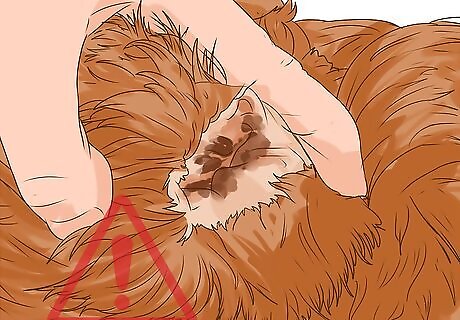
Know the symptoms of otitis externa and other infections. Otitis externa—an inflammation of the ear canal characterized by pain, scratching, and discharge—is a condition to which cocker spaniels are particularly susceptible and which can become a chronic, serious problem for your dog. Otitis media and otitis externa are infections of the middle and inner ear canal, often resulting from the spread of otitis externa. In one study of cocker spaniels, it was shown that nearly 61% of cocker spaniels exhibiting signs of otitis externa were also suffering from otitis media or internet as well. These conditions are characterized by head shaking, dry or scaly skin, discharge, and redness.
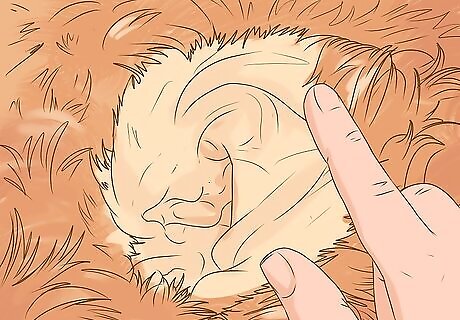
Check your dog's ears for symptoms. Now that you know what to look for, you should check your dog's ears daily at the minimum for signs of irritation or infection. Lift up the ear flap and check for redness and discharge, and give your dog a good sniff to see if it's exuding any unpleasant or musty odors. You should also observe your dog's day-to-day behavior. While some scratching is normal, any abnormal behavior—for example, whining, pawing at the ear, or guarding its ears from being touched—can signal discomfort.
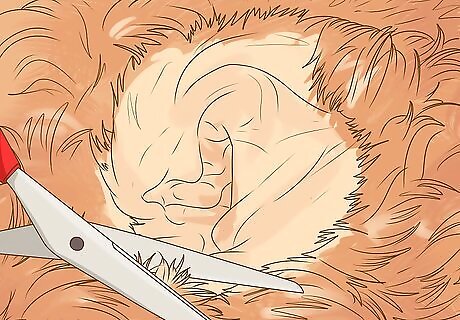
Trim hair growing on the underside of the ear flap. Excessive hair growth can impede air circulation to the ear canal, as well as make it more difficult to treat infections when they arise. Use a pair of small manicuring scissors and trim frequently in order to accustom your dog to the process.

Change your dog's diet if ear problems are allergic in nature. While many ear problems in cocker spaniels result from genetic narrow ear canals, ear infections and irritation can also be due to allergies. If your regular cleanings don't seem to be helping prevent infection and you suspect that something else is going on, consult your veterinarian for an allergy diagnosis. Foods such as lamb, eggs, fish, and corn are common culprits of allergic reactions, as well as topical solutions such as perfumes and household cleaning products.
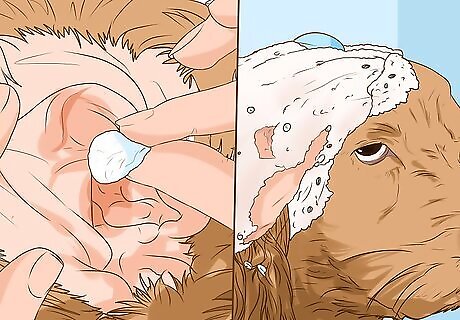
Protect your dog's ear canal when bathing. You'll want to bathe your cocker spaniel every month or so, and it's important to keep excess moisture out of its ears when doing so. This is because excess moisture can aggravate or even cause existing buildup and irritation in the ear canal. Stop this problem before it starts by blocking your dog's ear canal with cotton balls before bathing. After bathing, complete your ordinary inter-ear cleaning ritual.
















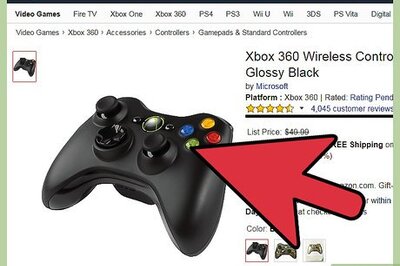

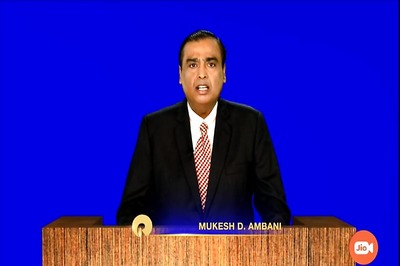
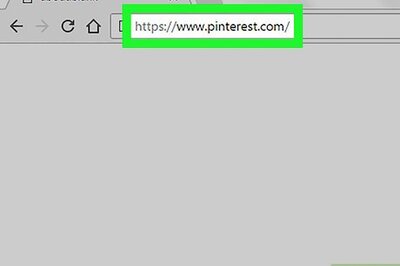
Comments
0 comment